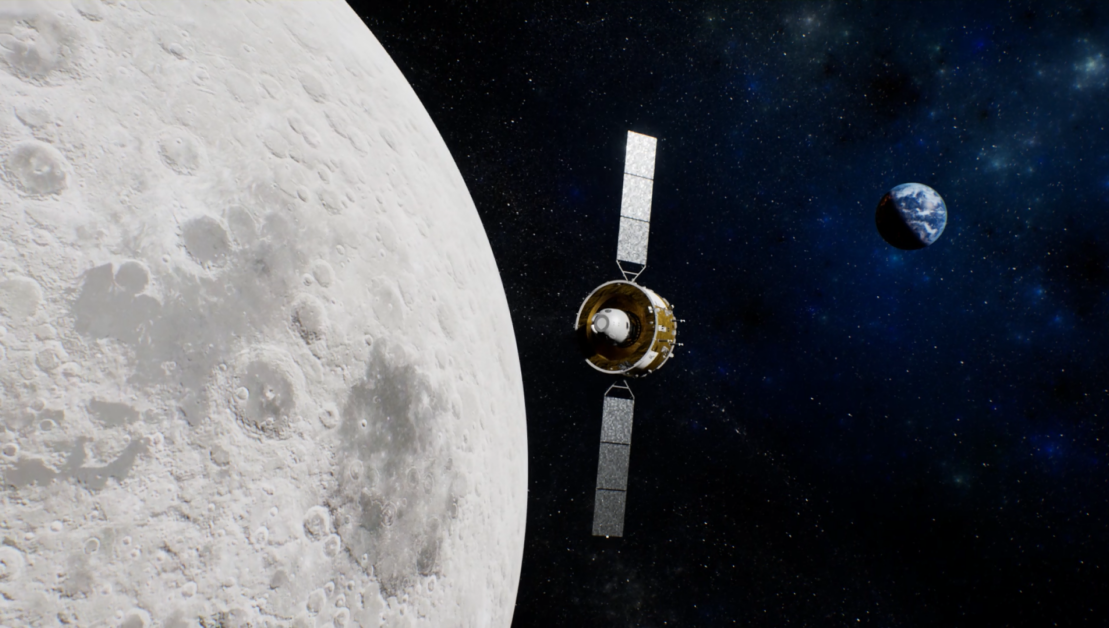Chang'e 5 enters moon-to-Earth trajectory
By Zhao Lei | China Daily | Updated: 2020-12-13 12:08

The orbiter-reentry capsule combination of China's Chang'e 5 robotic probe has started its journey back to Earth, moving closer to the completion of its landmark mission, according to the China National Space Administration.
The administration said in a statement on Sunday that the combination began to carry out its second moon-Earth transfer injection maneuver at 9:51 am, activating four 150-newton-thrust engines at an altitude of about 230 kilometers above the lunar surface. The engines worked for about 22 minutes, moving the pair into a moon-Earth transfer trajectory.
The duo made the first injection operation on Saturday morning after traveling in a near-circular lunar orbit for nearly six days.
The agency noted that the combination will perform midcourse corrections during its flight back to Earth before the final separation.
There are about 2 kilograms of lunar rocks and soil contained in the reentry capsule.
After arriving in an Earth orbit, the pair will break up in due course, and the reentry capsule will conduct a series of complicated maneuvers to return to a preset landing site in the Inner Mongolia autonomous region in the coming days.
Chang'e 5, China's largest and most sophisticated lunar probe, consisted of four main components-an orbiter, lander, ascender and reentry capsule. It was launched by a Long March 5 heavy-lift carrier rocket on Nov 24 at the Wenchang Space Launch Center in Hainan province.
The probe separated into two parts-the orbiter-reentry capsule combination and the lander-ascender combination-while in lunar orbit on Nov 30.
On Dec 1, the lander-ascender combination landed on the moon, becoming the world's third spacecraft to touch down on the lunar surface this century after its predecessors-Chang'e 3 and 4. Shortly after the landing, the probe soon began to use a drill to obtain underground samples.
It finished the underground operation on Dec 2, and then started to use a mechanical arm to scoop up surface dirt.
All collection and packing processes finished much sooner than expected, and the samples were then packed into a vacuum container inside the ascender.
The ascender activated an engine on Dec 3 to lift itself into an elliptical lunar orbit to prepare for docking with the reentry capsule, marking the first time a Chinese spacecraft had blasted off from an extraterrestrial body.
It rendezvoused and docked with the orbiter-reentry capsule combination on Dec 6 and then transferred lunar samples into the capsule.
The operation has become the first automated linkup for any spacecraft in lunar orbit.
The last time two components of a spacecraft rendezvoused and docked with each other in lunar orbit was in December 1972 during the final Apollo mission, and that was monitored and controlled by astronauts.
The ascender then separated from the combination. It was commanded to impact on the moon on Tuesday morning.
If successful, the highly sophisticated Chang'e 5 mission would be the first in more than 40 years to bring lunar samples to Earth, and will make China the third country to do so after the United States and the former Soviet Union.
























